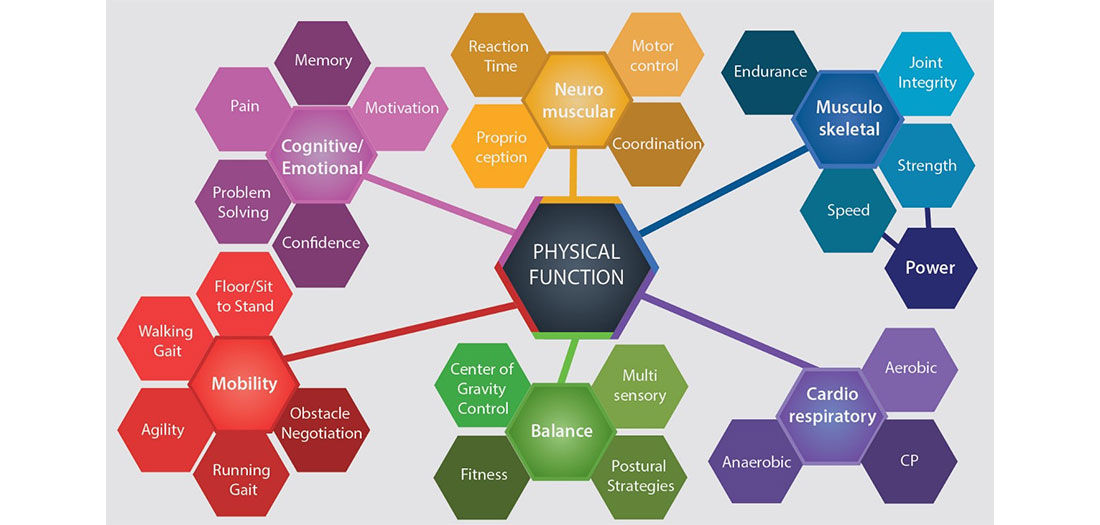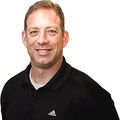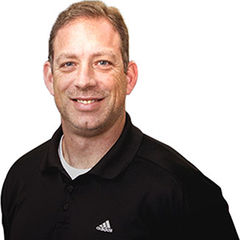Small groups provide a great format for training older clients of all ages and ability levels, as it creates an environment of social interaction, motivation and fun, which is critical to engaging and retaining this population. Circuit training is an effective and efficient way to train older clients in small groups, although it can also be used with individuals and large groups as well. Follow these basic guidelines to create effective functional circuits for your older clients.
Train All Components of Function
For the vast majority of older clients, there are two primary reasons why they exercise: (1) to improve or maintain their health; and (2) to improve or maintain their functional abilities. Although many would like to lose some weight and look better, they are (typically) much less concerned about getting lean, toned or ripped. Therefore, exercise circuits should focus less on the metabolic benefits and more on the functional benefits. Of course, as shown in Figure 1, cardiorespiratory function is one area that contributes to function.
To optimize function, include exercises from each of the six functional domains in your circuit training (shown below): Neuromuscular, Musculoskeletal, Cardiorespiratory, Balance, Mobility and Cognition. Each of these domains contributes to optimal physical function, although the optimal mix of exercises depends on the goals of the client (more on this in the next section).

Group Clients According to Functional Ability
The older-adult population is quite diverse, especially in the area of physical function, which is only loosely a function of age. Some 80-year-olds still hike, ski and play sports, while some 60-year-olds get winded walking to the mailbox. It can be challenging to safely and effectively address individual needs when your clients vary widely in their physical abilities. For example, if you have a rather fit client who can perform weighted squats and another client who has difficulty getting out of a chair, choosing a squatting pattern that is appropriately challenging becomes problematic. Plus, clients with different functional abilities and issues need different types of exercises and strategies if the training is to be effective.
Therefore, it is helpful to put clients into different training groups based on their functional abilities. Figure 2 depicts the Hierarchy of Functional Aging, which lists five broad categories of function. This is a good starting point for you to start thinking about how to segment clients into groups. A more objective method is to perform functional assessments, such as the 30-second Chair Stand, Up and Go, Single-leg Stance test or others to better gauge your clients’ abilities and put them with similar clients.

General Training Recommendations
Dependent: Individuals in this group typically require specialized one-on-one assistance and are not candidates for circuit training.
Frail: These clients have low functional abilities, which are due to deficiencies in most or all of the functional domains, such as low muscle strength and power, poor balance, impaired gait, low energy and endurance, impaired mobility and potentially lower cognitive abilities. They typically need at least some assistance performing daily tasks and may use a walking aid. They require an emphasis on basic strength and power exercises, as well as basic gait and mobility patterns. Balance movements should be more static and performed with caution because they have a high risk of falling.
Independent: This is the “average” or “typical” older adult who is able to perform their daily tasks without any assistance, but may be unable to perform more vigorous activities because they are not fit. Most do not exercise regularly and vary widely in their health conditions. This group needs a well-rounded mix of domains with a focus on performing increasingly complex movement patterns and those that challenge dynamic balance.
Fit: Most fit older adults are fit in the fitness component they train, but may be deficient in other areas (e.g., a jogger or swimmer who has high cardiorespiratory fitness, but lacks strength). These clients are usually physically active and are at a higher level of ability than their independent counterparts. They need a heavier focus on the specific areas in which they are deficient, so it is important to figure out what those areas are.
Elite: This group represents the most healthy and functional segment of the older population. They are typically regular exercisers and may also be involved with complex recreational activities and sports. Given their advanced physical abilities, there is really no limit on what they can do in a training session.
Monitor Clients Closely
A concern with having older clients participate in circuit training is the risk of injury and, especially, falling, which poses the most significant threat to their safety. It is critical that you structure your circuits to maximize client safety. Here are some important points to keep in mind:
- Keep frail clients closer to you so that you can spot them.
- Provide balance assistance for anyone needing it (chairs, ballet bars, etc.).
- Be specific in telling clients how to perform the exercises (including what not to do).
- Be attentive at all times during the training session and be prepared to provide assistance or feedback.
- Only use unstable surfaces when proper spotting can be provided.
- Teach clients how to monitor their own intensity level.
Functional Circuit Template
Use the chart below to create exercises in each domain that can be scaled for each functional level. In each domain, choose a pattern on which to focus. For example, in the Musculoskeletal (MS) domain, you could choose a squat pattern. The subdomain refers to a more specific factor within that domain, such as power. From here, you can create an appropriate power squatting movement for each of the levels. Frail clients could perform 6-8 reps of a fast sit to stand (fast on the way up, but slow on the way down) using the arms of the chair for assistance. Independent clients could do as many chair stands as possible in 30 seconds without using their arms. Fit clients could perform vertical jumps (no chair), while elite clients could perform vertical jumps onto a plyo box. Using a chart like this will help you to get used to covering each of the domains and numerous subdomains in your circuits in a more purposeful and strategic manner.
|
Domain |
Sub Domain |
Pattern |
Frail |
Ind |
Fit |
Elite |
|
MS |
||||||
|
NM |
||||||
|
BAL |
||||||
|
MOB |
||||||
|
COG |
||||||
|
CV |
With over 80 million adults over the age of 55, it’s critical that you have the knowledge and skills to safely and effectively develop training programs for active agers. Find out more about ACE approved courses by the Functional Aging Institute.




 by
by 








